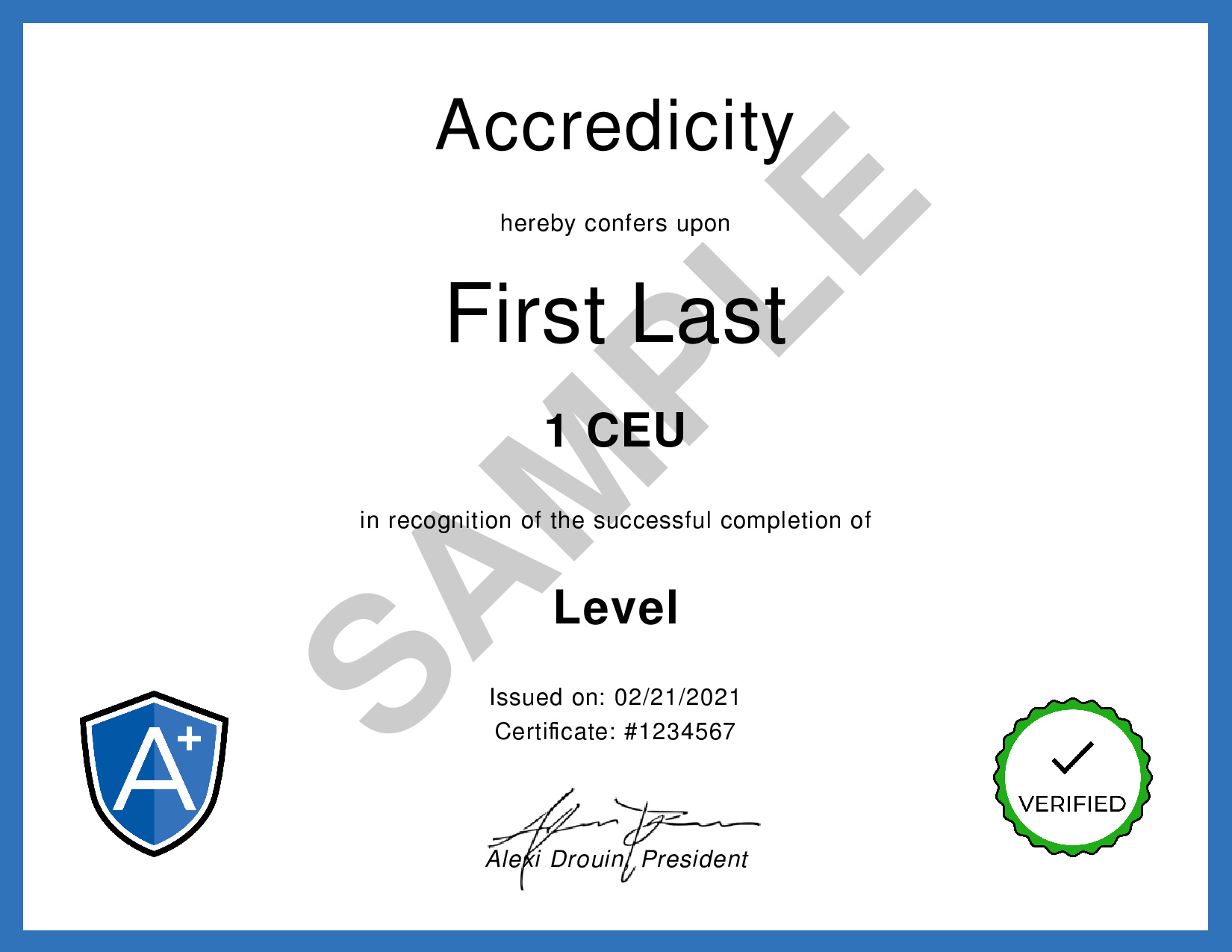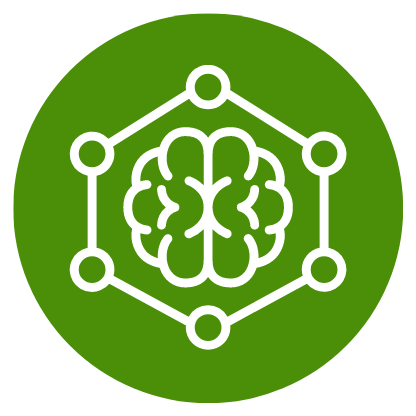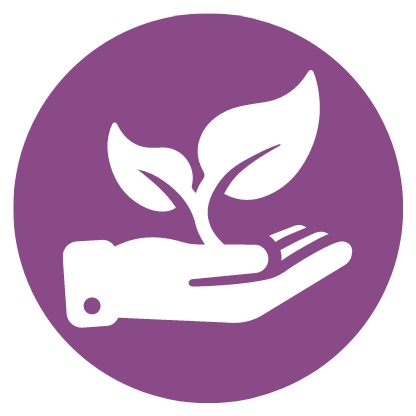Unlock the hidden potential of your child's creativity and see how schools influence it by watching the video "Do schools kill creativity? | Sir Ken Robinson".
Sir Ken Robinson argues that schools are inadvertently killing creativity in students by focusing on traditional subjects such as math and language, and deeming arts, music, drama and dance as lower priority. He believes that all children have tremendous talents, which are often squandered due to a lack of recognition or encouragement. Robinson's anecdotes, such as a six-year-old girl drawing a picture of God and a four-year-old Shakespeare in a Nativity play, illustrate the natural creativity and enthusiasm of children. He implores parents, teachers, and society to recognize, nurture and appreciate the creativity of children in order to unlock their full potential.
Learning Outline
1. Human creativity is a powerful and diverse force.
2. We have no idea what the world will be like in five years' time.
3. Children have tremendous talents that need to be nurtured.
4. Creativity is as important as literacy in education.
5. Children are not afraid of being wrong.
6. Mistakes should not be stigmatized in education.
7. We educate children out of their creative capacities.
8. Subjects like mathematics and language are at the top of the hierarchy in education systems.
9. Art, music, drama and dance should all be given equal status in education.
Instructional Content
Do schools really kill creativity? This is a question that has been the source of much debate for a long time, and it is a question that Sir Ken Robinson addresses in his renowned TED Talk. In his talk, Sir Ken Robinson argues that schools are, in fact, stifling children's creativity.
To begin, Sir Ken Robinson points out that, although creativity is a difficult concept to define, it is evident in all of the presentations at the conference he is attending. Furthermore, he argues that, due to the unpredictable nature of the future, it is important for schools to foster creativity in children, so that they can be prepared for whatever life throws at them. He also explains that, while all children have extraordinary talents, these talents are often squandered and overlooked in schools, which instead focus on preventing mistakes and punishing wrong answers.
Sir Ken Robinson then gives examples of how children are willing to take risks and be creative, citing the story of the six-year-old girl who drew a picture of God and the incident of James, Robinson's four-year-old son, in the Nativity play. He also mentions how, in most education systems around the world, mathematics and languages are given a higher status than the arts, and how children are educated from the waist up, focusing mainly on the head.
To conclude, Sir Ken Robinson argues that, in order to prepare children for the unpredictable future, schools need to recognize the importance of creativity and encourage children to be creative. By doing this, schools can give children the opportunity and space to be innovative, and to develop their talents to the fullest.
Leadership
Leadership can be improved in learners using a comprehensive guide that takes into account the various scenarios presented in the video and transcript. In the video, Sir Ken Robinson emphasizes the importance of creativity and innovation in education, the unpredictability of the future, and the extraordinary capacities of children. The transcript further expands on these ideas by highlighting the importance of creativity and literacy, the risk of squandering talents, and the lack of appreciation for education.
To develop Leadership skills in learners, it is important to emphasize the importance of creativity and innovation in education. Learners should be encouraged to take risks, make mistakes, and learn from them. Teachers may also provide opportunities for learners to explore their creativity, such as art and music classes, or allowing them to participate in creative activities outside of the classroom.
Learning strategies can also be used to improve Leadership in learners. Learners should be encouraged to think critically about the topics they are studying and develop their own ideas. This could involve engaging in meaningful discussions, engaging in creative problem-solving activities, and utilizing innovative technologies.
Finally, personal growth should be encouraged in learners. Learners should be given the opportunity to explore their passions and interests, and be encouraged to take on new challenges. This could involve offering internships or other hands-on experiences, or encouraging learners to pursue activities that are outside of their comfort zone.
In conclusion, Leadership can be improved in learners by taking into account the various scenarios presented in the video and transcript. To do this, it is important to emphasize the importance of creativity and innovation in education, develop learning strategies that allow learners to think critically and develop their own ideas, and promote personal growth in learners by offering them opportunities to explore their passions and interests.
Creativity and Innovation
Do schools kill creativity? According to Sir Ken Robinson, the answer is yes. Schools prioritize math, languages, and the humanities, while art, music, drama, and dance are relegated to the bottom rungs of the hierarchy. This means that many children are not given the opportunity to grow and develop their creative skills. In today’s increasingly competitive job market, creativity is more important than ever. Being able to think outside the box, generate original solutions, and come up with new ideas can help you stand out from the crowd.
Creativity can help to boost confidence, and it is a valuable life skill that can help in both personal and professional development. Research has shown that creative problem-solving can improve cognitive abilities, leading to better academic performance. Creativity also helps to foster collaboration and communication skills, which are essential for success in the workplace.
The best way to foster creativity is to give children a safe environment in which to express themselves. School curriculums should prioritize art, music, drama, and dance, as well as providing opportunities for creative problem-solving. Encouraging children to take risks and encouraging them to think outside the box can help to foster a more creative environment.
Creativity is an invaluable asset in today’s world and should be nurtured from a young age. By upskilling yourself in creativity and innovation, you can give yourself a valuable edge in both personal and professional development.
Learning Strategies
Learning Strategies are essential tools for personal and professional growth, and the video "Do Schools Kill Creativity?" by Sir Ken Robinson provides an insightful look into the importance of creativity in the learning process. In his talk, Sir Ken emphasizes the importance of creativity in education, noting that while it is often overlooked, it is just as important as literacy. He further notes that we often squander the creative talents of our youth, and that we need to encourage and foster creativity in children.
Sir Ken’s point is further exemplified by the example of a young girl in a drawing lesson, who was able to create a picture of God despite no one knowing what God looks like. This story shows the power of creative thinking and how it can lead to unique and innovative solutions. Sir Ken also discusses the importance of allowing children to take chances and make mistakes, as this is essential for creativity.
Developing Learning Strategies can help you to become more successful in personal and professional development. By utilizing methods to foster creativity, such as allowing mistakes and taking risks, you will be better equipped to come up with innovative solutions. Additionally, Learning Strategies can help you to develop skills that are essential for success, such as problem-solving, communication, and critical thinking. With the right Learning Strategies, you can become more successful in both your personal and professional life.
Personal Growth
Do schools kill creativity? That’s the question posed by Sir Ken Robinson in this video and the answer is a resounding yes. Schools are primarily focused on teaching math, language, and the humanities, while leaving the arts by the wayside. This has a clear and measurable effect on personal growth and professional development.
Creativity is essential to success in today’s ever-changing world. Studies have shown that the more creative you are, the better your problem-solving skills and the more successful you’ll be. Unfortunately, many schools are failing to nurture creativity in students, causing them to miss out on the opportunity to develop their full potential.
The good news is that it is possible to upskill yourself in creative thinking. You can take classes, read books, and practice creative exercises to hone your skills. Additionally, it is important to take time to reflect on what creative challenges you are facing and how you can best tackle them.
By taking the time to work on your creativity, you can unlock a new level of success and personal growth. This can lead to more opportunities professionally and personally, and an overall better quality of life. So don’t let schools kill your creativity; take control of your personal growth and start to upskill yourself today.
For Learners
Watching this video, "Do Schools Kill Creativity?" by Sir Ken Robinson, provides a unique perspective on education and creativity that can benefit life-long learners. This video discusses the importance of creativity in education and provides insight into how we can nurture creativity in our own lives and in the lives of others.
On the positive side, watching this video can benefit life-long learners by helping them understand the importance of creativity in education, how to nurture creativity in their own lives and in the lives of others, and how to support creativity in their own classrooms. On the negative side, not watching this video could lead to life-long learners missing out on developing an appreciation for creativity in education and how to nurture it in their own lives and the lives of others.
Using the ‘what’s in it for me’, ‘what’s in it for them’, ‘what’s in it for us’, and ‘what’s in it for the world’ approach to learning the content of this video will benefit life-long learners for personal growth and professional development. For me, watching this video will help me gain a better understanding of the importance of creativity in education and how to nurture it. For them, watching this video will help them gain more appreciation for creativity in education and how to nurture it in their own lives and in the lives of others. For us, watching this video will help us gain a better understanding of the importance of creativity in education, which will lead to better outcomes for students. Finally, for the world, watching this video will help us create an education system that fosters creativity and innovation, which will lead to a more successful and productive society.
For Employers
This video provides employers with the tools to differentiate themselves from the competition and to benefit their customers. It emphasizes the importance of creativity in education and how it is as important as literacy. Sir Ken Robinson suggests that we are educating children out of their creative capacities and instead of embracing mistakes, we stigmatize them. He gives the example of children at a Nativity Play where they switch the order of the presents, suggesting that when children don’t know something they will take a chance and not be afraid of being wrong.
Employers should watch this video to understand the importance of creativity, innovation, and risk-taking. Understanding this concept will enable employers to build a team of individuals who are not afraid of making mistakes and who are willing to take risks. This will open up a world of creative opportunities for the employer and their customers, which will help to differentiate them from their competition. By understanding the concepts in this video, employers will be better equipped to develop their products and services in ways that will help their customers to succeed.
Career Path
Completing a course in Leadership, based on the competencies of Creativity and Innovation, Learning Strategies, and Personal Growth will help individuals to become more employable, promotable, and purposeful. By levelling up and gaining enhanced income-producing skills, they will be able to close the Skills Gap and secure more meaningful work in high demand, high growth industries.
Take the example of the video 'Do Schools Kill Creativity?' by Sir Ken Robinson. In this video, Sir Ken Robinson talks about how children are born with immense creativity and potential, but as they grow up, they start to be educated from the waist up, and focus more on the head and the intellect, rather than the other aspects of their personalities. He goes on to explain how the education system across the world is structured in such a way that math and languages are given a higher status than the arts.
By completing a course in leadership, individuals will be able to gain the skills to create an environment where creativity can be encouraged and nurtured. This is essential for the future of work, which is becoming increasingly creative and innovative. They will also learn the strategies to help individuals unlock their creativity and develop their skills to the fullest, while also learning how to become more self-aware and understand their personal growth.
By taking the initiative to complete a course in leadership, individuals will gain the education and experience necessary to be more employable, promotable, and purposeful in their career path. They will be able to close the skills gap, enter high demand and high growth industries, and make their mark in the future of work.
Meaning
"They will in a minute." This quote from Sir Ken Robinson's video, "Do Schools Kill Creativity?", speaks volumes about the power of creativity, and how it should be embraced and nurtured in the classroom. Creativity should be seen as just as important as literacy. It is creativity that allows us to think outside the box and come up with innovative solutions to our problems. This is something that many employers value, so it is essential that students are given the opportunity to develop their creative skills in the classroom. Schools should provide a safe environment for children to take risks and make mistakes in order to learn, grow and develop their creative thinking. By doing so, we can help prepare our students for success in the future.
Takeaway
Creativity is essential to education, and every child has tremendous talent. However, we too often squander this talent by failing to nurture and value creative thinking. As adults, we must create an environment in which children are encouraged to take risks, make mistakes, and have their creative ideas taken seriously.










 64 Creds - Leadership
64 Creds - Leadership



